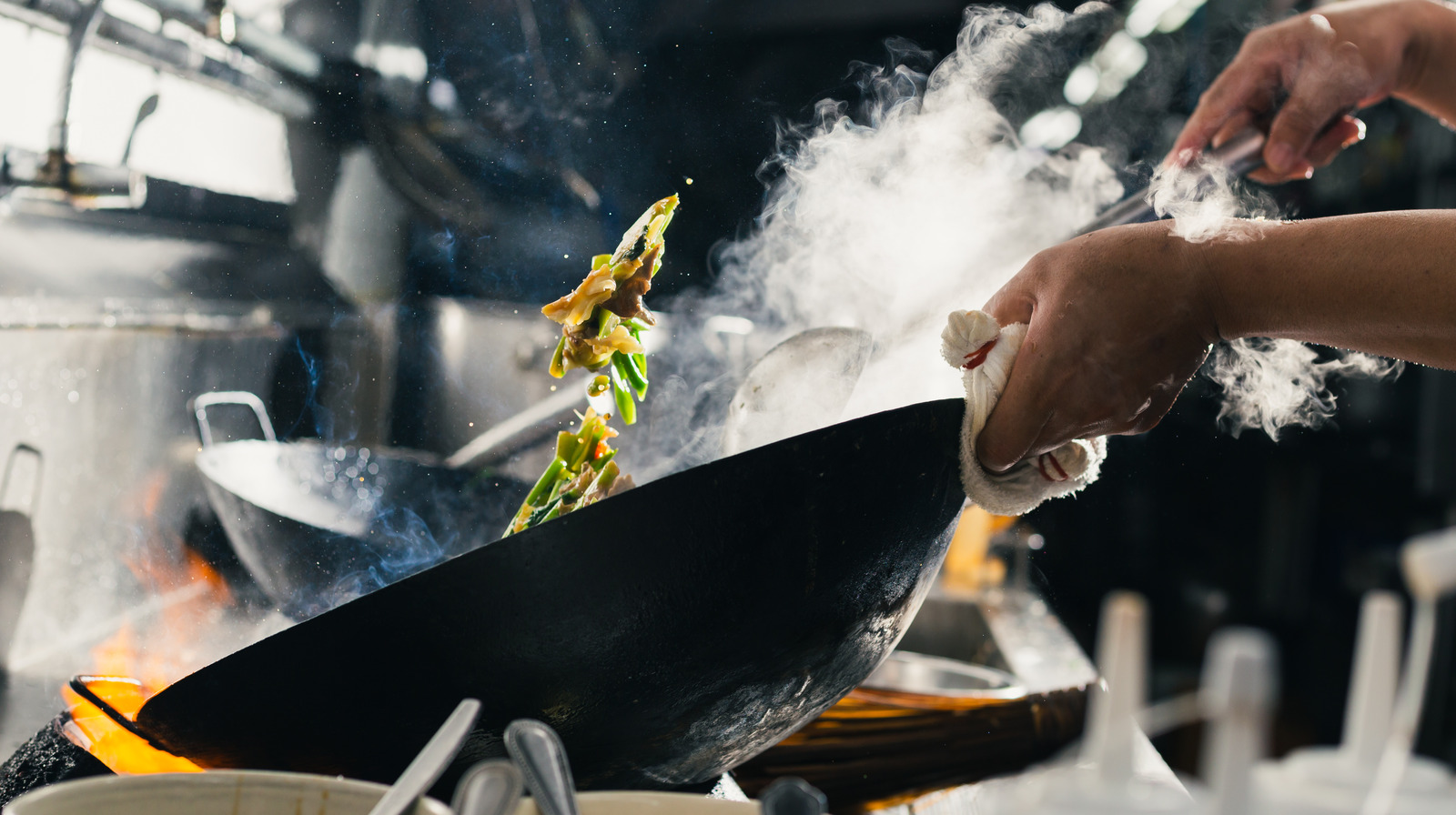What Can Never Be Put in a Saucepan? Shocking and Exclusive Insights for BBQ Enthusiasts
Written By James Morgan
For many BBQ enthusiasts, understanding kitchen tools can be as crucial as mastering the grill. While your grill is the star of the show, the cookware you use in the kitchen also plays a pivotal role in preparing a terrific barbecue. One of the most common kitchen queries is what can never be put in a saucepan? This question may seem simple, but the answer can be quite surprising. Lets dive into this fascinating topic and unearth some life-changing insights.

Why the Question Matters
Saucepans are versatile kitchen tools, but their utility has boundaries. Knowing these limits helps BBQ enthusiasts avoid common cooking pitfalls. Whether youre simmering your signature BBQ sauce or preparing side dishes, understanding what can and cannot go in a saucepan can elevate your cooking game.

Surprising Restrictions
So, what can never be put in a saucepan? One immediate answer is anything that is too large. Sounds obvious, but it's a common mistake. Trying to fit oversized cuts of meat or large vegetables can not only ruin your dish but also damage your saucepan.
Aluminum and Acidic Foods
Saucepans made of aluminum should never be used for acidic foods like tomatoes or citrus fruits. The acid reacts with aluminum, causing pitting and altering the taste of your food. For BBQ enthusiasts, this can mean the difference between a delightful sauce and a ruined meal.
Non-Stick Hazards
Non-stick saucepans should never be used with metal utensils. The metal can scratch the non-stick coating, causing it to deteriorate and potentially leach harmful chemicals into your food. Always use wooden or silicone utensils to keep your non-stick pans in top condition.
Hot and Cold A Dangerous Mix
Naturally, you should never place a cold liquid into a hot saucepan or vice versa. The rapid change in temperature can cause the material to warp, especially if its made from less robust materials. This is particularly crucial when preparing sauces that need a steady and controlled heat.

Mystery Ingredient Alert: Milk
Believe it or not, milk can be problematic in saucepans, particularly if you are not attentive. Milk has a tendency to scorch and stick to the bottom, causing a burnt taste that can ruin your BBQ sides. To avoid this, use a heavy-bottomed pan and stir frequently.

Exclusive Tips from BBQ Pros
Utilizing the right tools and avoiding common pitfalls can make a tremendous difference. For instance, if youre using a seasoned aluminum wok, sticking to the right ingredients is crucial.
Wood: A BBQ Essential
Wooden utensils are lifesavers for non-stick and aluminum saucepans. They help preserve the integrity of the pans surface while ensuring your food retains its genuine flavor.
Glass Lids are Gold
When simmering or slow-cooking, using a saucepan with a glass lid can be highly beneficial. This allows you to keep an eye on your dish without lifting the lid and losing precious heat.
Approved Kitchen Alternatives
For those looking to diversify their kitchen arsenal, consider investments in sturdy cast iron or stainless steel saucepans. These materials can handle a diverse range of ingredients without the worries of chemical reactions or warping.
Versatile Cooking with Woks
If youre interested in expanding beyond saucepans, learning what to cook in a wok can elevate your cooking. Woks are excellent for stir-frying vegetables, preparing sauted sides, or even searing cuts of meat before grilling.
Conclusion: BBQ Beyond the Grill
Understanding what can never be put in a saucepan empowers you to make better cooking choices, ensuring your BBQ spreads are always top-notch. From avoiding the pitfalls of aluminum to mastering the art of non-stick care, these insights are sure to elevate your culinary game.
As an Amazon Associate, I earn from qualifying purchases.
FAQs
Can I put acidic foods in an aluminum saucepan?
No, acidic foods react with aluminum, causing pitting and altering the taste.
Is it safe to use metal utensils on non-stick saucepans?
No, metal utensils can scratch and deteriorate the non-stick coating.
Can I pour cold liquids into a hot saucepan?
No, the rapid change in temperature can cause the material to warp.
For more tips on cooking techniques, check out these articles on our blog: How thick should a wok be?, What to look for in a quality wok, How to prevent wok from rusting, How to store a seasoned wok, How to cook with a wok?.



